
The Cultural Heartbeat of The Hague: Museumkwartier
Discover the Museumkwartier in The Hague, where art, history, and culture converge in a picturesque setting, featuring world-class museums and charming streets.
Nestled in the historic city of The Hague, the Museumkwartier is a haven for art and history enthusiasts. This picturesque neighborhood is home to some of the Netherlands' most renowned museums and cultural institutions, offering an immersive experience into the rich heritage of the region. From world-famous paintings to contemporary art installations, Museumkwartier is an art lover's paradise. Stroll through the charming streets lined with historic buildings, quaint cafes, and boutique shops. The Mauritshuis Museum, housing masterpieces from the Dutch Golden Age, including Vermeer's 'Girl with a Pearl Earring,' is a must-visit. The Escher in Het Paleis museum, dedicated to the mind-bending works of M.C. Escher, provides a unique blend of art and mathematics that fascinates visitors of all ages. Beyond the museums, Museumkwartier offers lush green spaces like the Lange Voorhout, perfect for a leisurely walk or a relaxing picnic. The neighborhood's central location makes it easy to explore other parts of The Hague, with excellent public transport links and bike-friendly paths. Whether you're a history buff, an art aficionado, or simply looking to soak in the local culture, Museumkwartier provides an unforgettable experience.
Local tips in Museumkwartier
- Visit the Mauritshuis early in the morning to avoid the crowds and enjoy the art in peace.
- Take a guided tour at the Escher in Het Paleis to fully appreciate the intricate details of Escher's work.
- Explore the Lange Voorhout during the spring to see the beautiful blossoms.
- Use the OV-chipkaart for convenient access to public transport throughout The Hague.
- Rent a bike to easily navigate the neighborhood and explore nearby attractions.
The Cultural Heartbeat of The Hague: Museumkwartier
Nestled in the historic city of The Hague, the Museumkwartier is a haven for art and history enthusiasts. This picturesque neighborhood is home to some of the Netherlands' most renowned museums and cultural institutions, offering an immersive experience into the rich heritage of the region. From world-famous paintings to contemporary art installations, Museumkwartier is an art lover's paradise. Stroll through the charming streets lined with historic buildings, quaint cafes, and boutique shops. The Mauritshuis Museum, housing masterpieces from the Dutch Golden Age, including Vermeer's 'Girl with a Pearl Earring,' is a must-visit. The Escher in Het Paleis museum, dedicated to the mind-bending works of M.C. Escher, provides a unique blend of art and mathematics that fascinates visitors of all ages. Beyond the museums, Museumkwartier offers lush green spaces like the Lange Voorhout, perfect for a leisurely walk or a relaxing picnic. The neighborhood's central location makes it easy to explore other parts of The Hague, with excellent public transport links and bike-friendly paths. Whether you're a history buff, an art aficionado, or simply looking to soak in the local culture, Museumkwartier provides an unforgettable experience.
Iconic landmarks you can’t miss
Mauritshuis
Discover the artistic treasures of the Dutch Golden Age at Mauritshuis, home to Vermeer and Rembrandt masterpieces in The Hague.
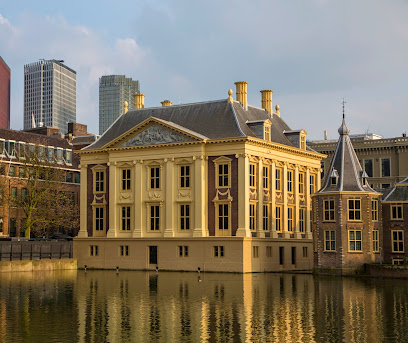
Escher in the Palace
Immerse yourself in the mesmerizing world of M.C. Escher at Escher in the Palace, an art museum in The Hague showcasing stunning optical illusions and intricate designs.
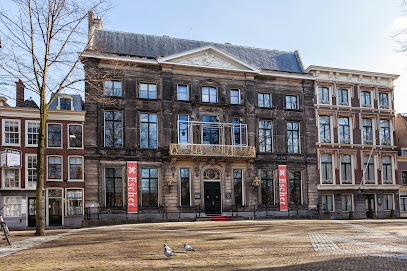
Rijksmuseum de Gevangenpoort
Explore the captivating history of justice and imprisonment at Rijksmuseum de Gevangenpoort, a must-visit local history museum in The Hague.

Binnenhof
Explore the historic Binnenhof in The Hague, where stunning Gothic architecture meets the heart of Dutch politics and rich cultural heritage.
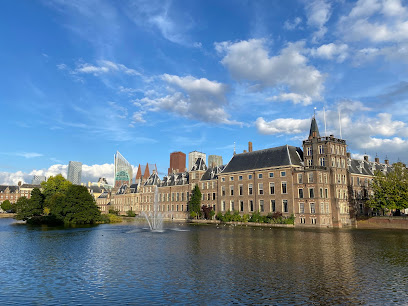
The Hague's Historic Museum
Explore the rich history of The Hague at its Historic Museum, where engaging exhibits and captivating stories await every visitor.
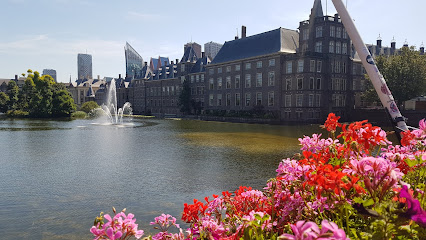
Interparking Museum Quarter
Interparking Museum Quarter: Your Gateway to The Hague's Cultural Treasures with Convenient 24/7 Parking.
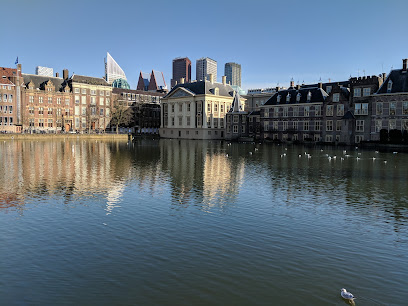
West Den Haag
Discover the vibrant art and rich history at West Den Haag, a cultural gem in the heart of The Hague, showcasing a diverse range of exhibitions.
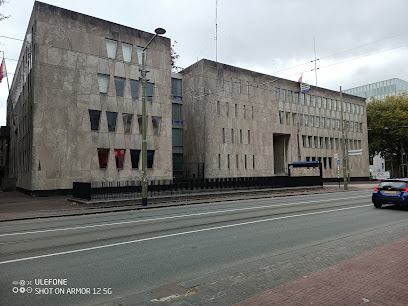
Grenadierspoort
Discover Grenadierspoort, a historical landmark in The Hague, where Dutch heritage and architectural beauty await your exploration.
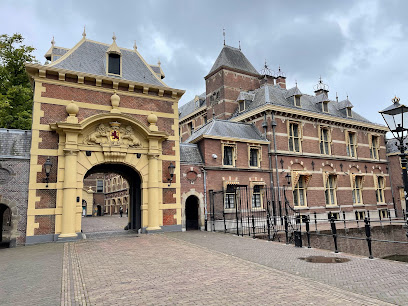
House Huguetan
Explore the architectural beauty and historical significance of House Huguetan in The Hague, a must-see attraction for culture enthusiasts.

Statue of Hugo de Groot
Discover the Statue of Hugo de Groot, a monumental tribute to the father of international law, nestled in the serene heart of The Hague's cultural landscape.
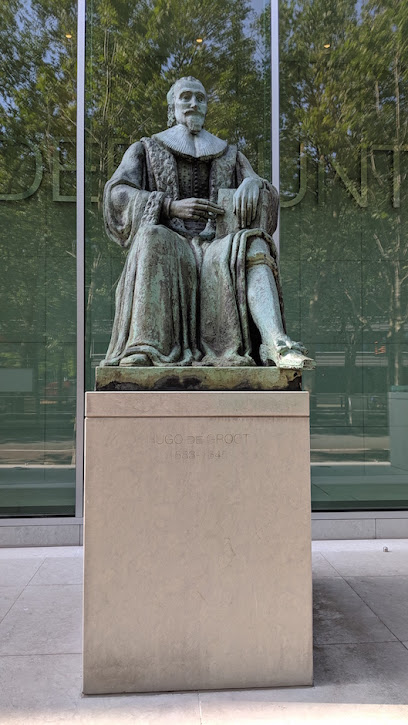
Unmissable attractions to see
Madurodam
Explore the Netherlands in miniature at Madurodam, an enchanting park showcasing iconic landmarks and rich cultural heritage in The Hague.
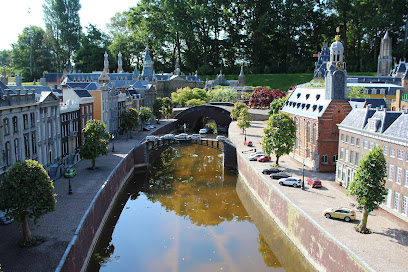
The Hague's Historic Museum
Explore the rich history of The Hague at its Historic Museum, featuring engaging exhibits and interactive experiences for all ages.

Chinese street
Explore the culinary delights of Chinese Street in The Hague, where authentic flavors and vibrant culture come together in a delightful dining experience.
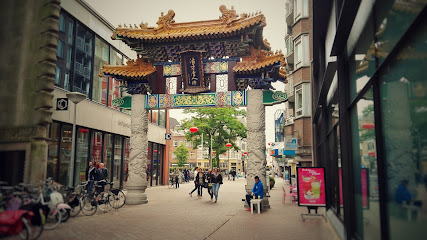
House Huguetan
Explore the historic elegance of House Huguetan, a cultural gem in The Hague that showcases stunning architecture and rich heritage.
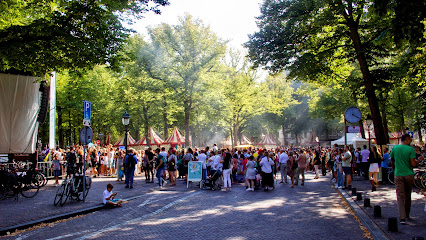
Butter Bell
Explore the Butter Bell in The Hague – a charming symbol of local heritage, perfect for tourists seeking culture and tranquility.
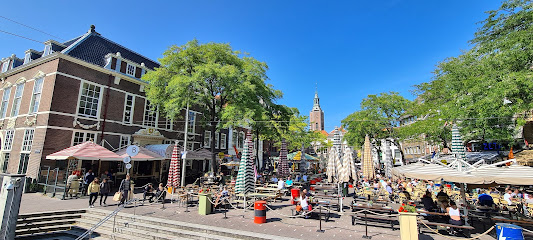
Essential places to dine
Luden Den Haag
Discover delightful breakfasts and lunches at Luden Den Haag – where local flavors meet warm hospitality in the heart of The Hague.

Fratelli Den Haag
Experience authentic Italian cuisine at Fratelli Den Haag – where every meal is a celebration of flavor and tradition.
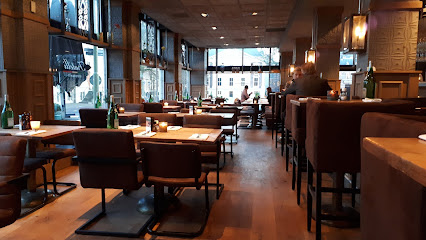
Solo Vino Gusto Den Haag - Italiaans Restaurant
Discover authentic Italian cuisine and vibrant cocktails at Solo Vino Gusto in The Hague – where every meal is a delightful experience.
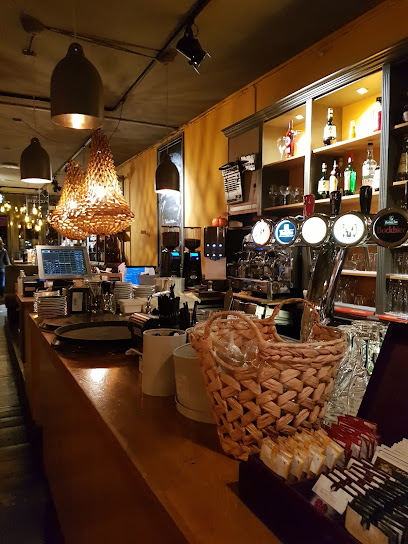
Impero Romano Den Haag
Experience authentic Italian cuisine at Impero Romano in The Hague – where every dish tells a story.
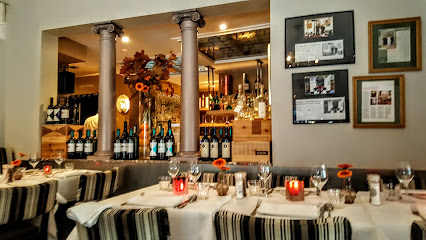
Café Restaurant Leopold
Experience authentic Belgian cuisine and vibrant beer culture at Café Restaurant Leopold in the heart of The Hague.
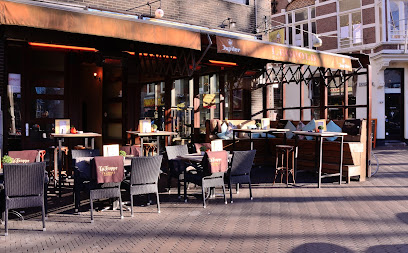
Cottontree City by Dimitri
Experience authentic French cuisine at Cottontree City by Dimitri in The Hague, where culinary artistry meets warm hospitality.
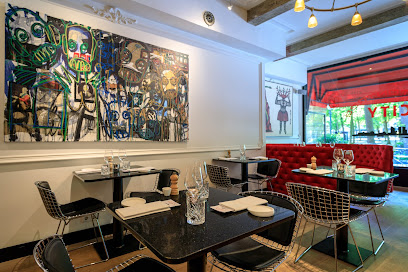
San Telmo Restaurant
Experience the vibrant flavors of Argentina at San Telmo Restaurant in The Hague – a culinary gem offering authentic Argentinian and Spanish dishes.
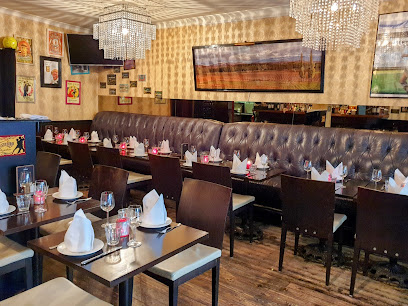
Restaurant Wox
Discover the vibrant flavors of Asian Fusion at Restaurant Wox in The Hague - where culinary art meets exceptional taste.
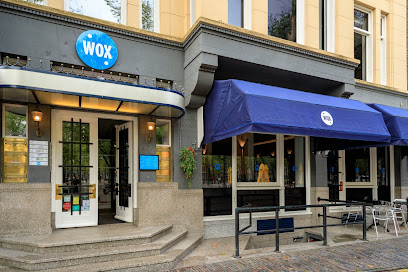
Restaurant Moose
Experience the exquisite blend of Dutch and modern European cuisine at Restaurant Moose in The Hague.
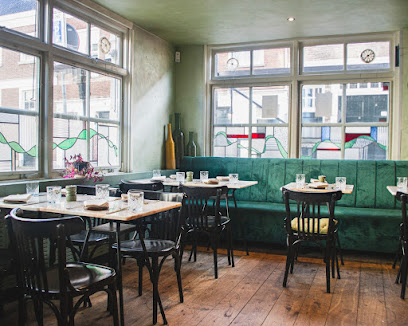
Theater Brasserie Wasserman
Discover exquisite dining at Theater Brasserie Wasserman in The Hague – where culinary excellence meets vibrant culture.

Markets, malls and hidden boutiques
The Passage
Discover the historical charm of The Passage, a shopping mall in The Hague that blends unique boutiques and delightful eateries in a stunning architectural setting.
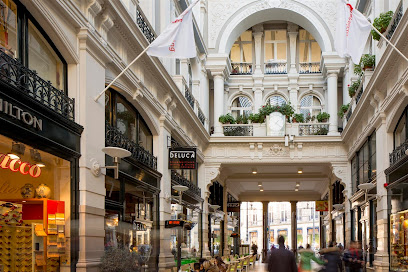
De Bijenkorf (Den Haag)
Explore luxury shopping at De Bijenkorf in The Hague, offering high-end fashion, gourmet dining, and a unique shopping experience in the heart of the city.
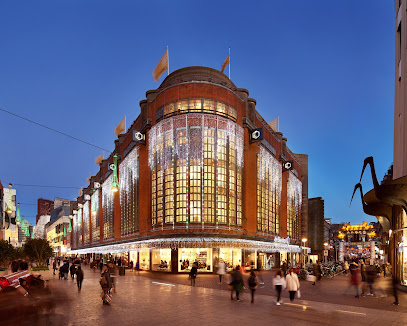
Flying Tiger Copenhagen
Discover the whimsical world of Flying Tiger Copenhagen in The Hague, where creativity meets affordability in a delightful shopping experience.
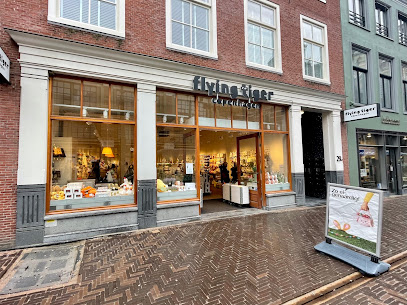
Holland Souvenirs
Explore the charm of Holland Souvenirs in The Hague for authentic Dutch gifts and treasures that capture the essence of the Netherlands.
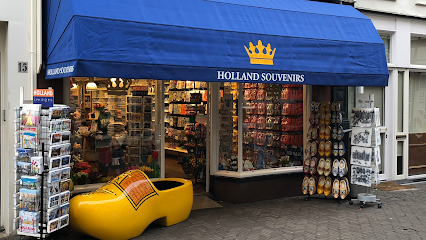
Vintage Island
Discover unique vintage fashion treasures at Vintage Island in The Hague, where every piece has a story and style awaits.

G-Star RAW Store
Shop the latest in denim and fashion at the G-Star RAW Store in The Hague, where style meets quality and innovation.
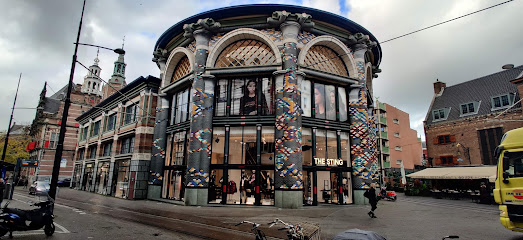
The Body Shop
Discover The Body Shop in The Hague, where ethical beauty meets quality cosmetics for a perfect shopping experience.
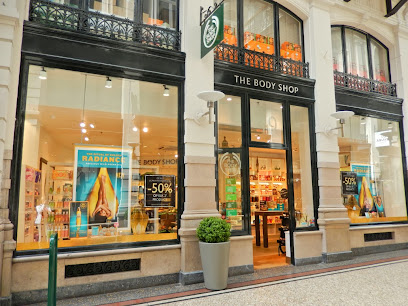
Little Green Shop
Explore the unique charm of Little Green Shop in The Hague, featuring dried flowers, vintage finds, and delightful home goods.
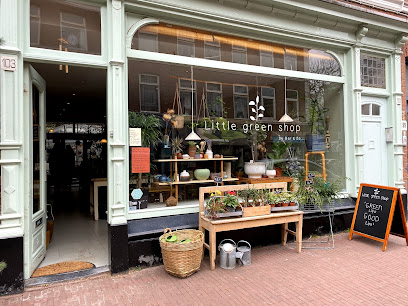
WNKL Den Haag
Discover WNKL Den Haag, where unique gifts, charming toys, and furniture accessories await in the heart of The Hague.
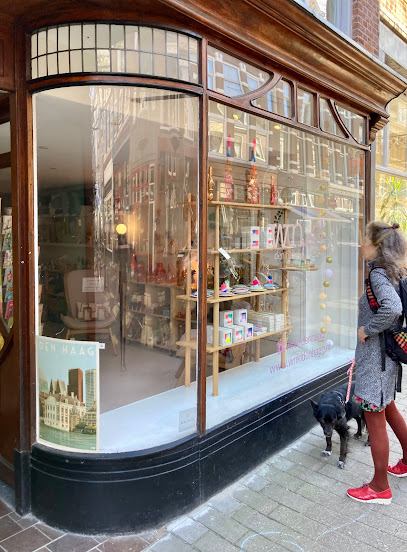
Shop Mauritshuis
Explore unique gifts at Shop Mauritshuis, a must-visit destination in The Hague for memorable souvenirs and Dutch artistry.

Essential bars & hidden hideouts
Millers
Discover Millers in The Hague: A dynamic bar and restaurant offering delicious food, exquisite cocktails, and unforgettable nightlife experiences.
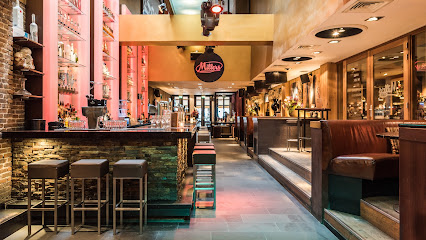
Murphy's Law
Experience the vibrant atmosphere of Murphy's Law, a unique Irish pub and jazz club in The Hague, perfect for music lovers and food enthusiasts.

Café De La Gare
Discover the charm of The Hague at Café De La Gare, where delightful drinks meet a cozy atmosphere in the heart of the city.
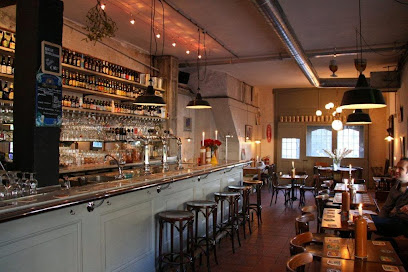
Café Happy End
Discover the vibrant atmosphere of Café Happy End, a cozy pub in The Hague offering a delightful selection of local beers and cocktails.
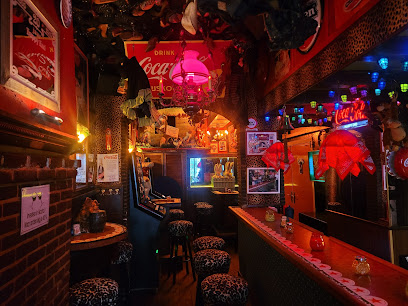
The Five Points Bar & Drink Society
Experience the vibrant cocktail culture at The Five Points Bar & Drink Society in The Hague – a must-visit for any drink enthusiast.
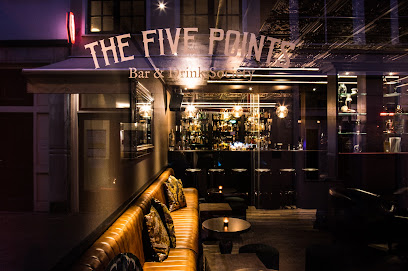
Little Prince
Experience the delightful blend of pub culture and dining at Little Prince, a must-visit spot for tourists in The Hague.
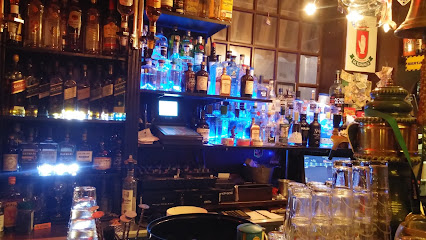
Ned Kelly's
Discover the charm of Ned Kelly's, a cozy bar and cafe in The Hague, offering a relaxed atmosphere, delicious drinks, and friendly service.
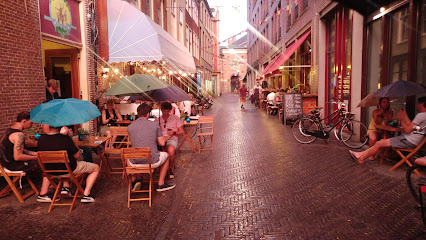
American Bar
Discover the charm of The Hague at the American Bar, where great drinks and a welcoming ambiance create the perfect escape.
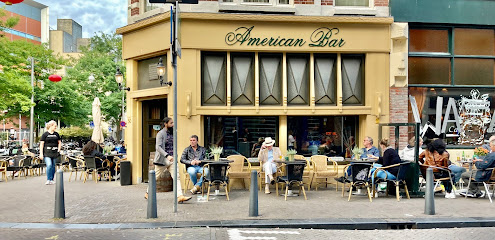
Ultramarijn
Discover Ultramarijn in The Hague, where expertly crafted cocktails meet a vibrant atmosphere for an unforgettable night out.
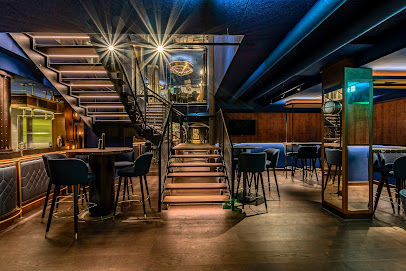
The Gold Bar
Experience the charm of The Gold Bar in The Hague, where innovative cocktails meet the elegance of a historic bank vault.
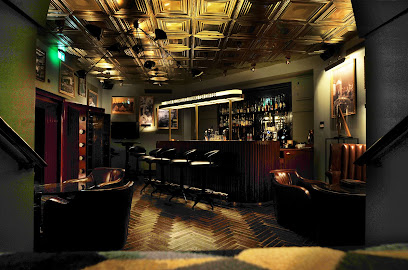
Local Phrases
-
- HelloHallo
[ha-lo] - GoodbyeTot ziens
[tot zeens] - YesJa
[ya] - NoNee
[nee] - Please/You're welcomeAlsjeblieft
[als-ya-bleeft] - Thank youDank je wel
[dank ye vel] - Excuse me/SorrySorry
[so-ree] - How are you?Hoe gaat het met jou?
[hu gat het met yow] - Fine. And you?Goed. En met jou?
[hud. en met yow] - Do you speak English?Spreek je Engels?
[spreek ye engels] - I don't understandIk begrijp het niet
[ik buh-grayp het neet]
- HelloHallo
-
- I'd like to see the menu, pleaseIk wil graag de menukaart zien, alstublieft
[ik vil hraag de menu-kart seen, al-stu-bleeft] - I don't eat meatIk eet geen vlees
[ik eet kheen vlays] - Cheers!Proost!
[prohst] - I would like to pay, pleaseIk wil graag betalen, alstublieft
[ik vil hraag buh-ta-len, al-stu-bleeft]
- I'd like to see the menu, pleaseIk wil graag de menukaart zien, alstublieft
-
- Help!Help!
[help] - Go away!Ga weg!
[ga vekh] - Call the Police!Bel de politie!
[bel de po-li-si] - Call a doctor!Bel een dokter!
[bel ain dok-ter] - I'm lostIk ben verdwaald
[ik ben ver-dwahld] - I'm illIk ben ziek
[ik ben zik]
- Help!Help!
-
- I'd like to buy...Ik wil graag kopen...
[ik vil hraag koh-pen] - I'm just lookingIk kijk alleen maar
[ik kike al-leen mar] - How much is it?Hoeveel kost het?
[hu-vel kost het] - That's too expensiveDat is te duur
[dat is tuh dur] - Can you lower the price?Kunt u de prijs verlagen?
[kunt u de prees vuh-rlah-gen]
- I'd like to buy...Ik wil graag kopen...
-
- What time is it?Hoe laat is het?
[hu laht is het] - It's one o'clockHet is een uur
[het is ain ur] - Half past (10)Half elf
[hahlf elf] - MorningOchtend
[okhtend] - AfternoonMiddag
[mid-dahkh] - EveningAvond
[ah-vohnd] - YesterdayGisteren
[khis-teh-ran] - TodayVandaag
[vahn-dahkh] - TomorrowMorgen
[mohr-khen] - 1Een
[ain] - 2Twee
[tweh] - 3Drie
[dree] - 4Vier
[veer] - 5Vijf
[vayf] - 6Zes
[zehs] - 7Zeven
[zeh-ven] - 8Acht
[ahkht] - 9Negen
[nay-khen] - 10Tien
[teen]
- What time is it?Hoe laat is het?
-
- Where's a/the...?Waar is een/de...?
[vahr is ain/deh] - What's the address?Wat is het adres?
[vat is het ah-dres] - Can you show me (on the map)?Kunt u mij dat laten zien (op de kaart)?
[kunt u may dat la-ten seen (op de kaart)] - When's the next (bus)?Wanneer is de volgende (bus)?
[vahn-ner is de vol-gen-de (bus)] - A ticket (to ....)Een kaartje (naar ....)
[ain kart-ye (nar)]
- Where's a/the...?Waar is een/de...?
History of Museumkwartier
-
Museumkwartier, as a distinct neighbourhood in The Hague, emerged in the 19th century when the city began to expand beyond its medieval walls. The area's development was closely tied to the growing cultural and artistic aspirations of The Hague, which sought to position itself as a cultural center in the Netherlands.
-
In 1822, the Mauritshuis was repurposed as the Royal Picture Gallery, housing an impressive collection of Dutch Golden Age paintings. This significant event marked the beginning of Museumkwartier's reputation as a cultural hub, attracting art enthusiasts and tourists alike.
-
The Gemeentemuseum, now known as the Kunstmuseum, opened in 1935 and further solidified Museumkwartier's status as a key cultural destination. Designed by architect H.P. Berlage, the museum featured a modern architectural style and showcased an extensive collection of modern art, including works by Piet Mondrian, enhancing the area's artistic landscape.
-
After World War II, Museumkwartier underwent significant reconstruction, reflecting the city's recovery and the renewed emphasis on culture. New galleries and cultural institutions emerged, contributing to the rich tapestry of artistic and historical offerings in the neighbourhood.
-
Today, Museumkwartier continues to thrive as a cultural district, housing not only the Mauritshuis and Kunstmuseum but also the Escher in Het Paleis museum. The area's blend of historic architecture and modern cultural institutions reflects The Hague's commitment to preserving its artistic heritage while embracing contemporary art and culture.
Museumkwartier Essentials
-
Museumkwartier is centrally located in The Hague and is easily accessible from other neighborhoods. From the main train station, Den Haag Centraal, take tram line 2 or 6 to reach the area in about 10-15 minutes. Alternatively, you can catch bus line 21 or 22. If you are coming from Scheveningen beach, tram line 1 will take you directly to Museumkwartier.
-
Museumkwartier is best explored on foot, as many attractions are within walking distance. Bicycles are also a popular mode of transport here, with numerous rental shops available. Public transport, including trams and buses, is frequent and reliable. The local tram network includes lines 2 and 6, which connect to various parts of the city.
-
Museumkwartier is generally a safe area for tourists. However, standard precautions should be taken. Avoid poorly lit streets at night and always keep an eye on your belongings, especially in crowded areas. While most parts of The Hague are safe, areas near the outskirts may have higher crime rates, so it’s advisable to stick to well-populated areas and main streets.
-
In emergencies, dial 112 for immediate assistance. The local hospital, Haga Hospital, has an emergency department. It is advisable to have travel insurance that covers medical emergencies. Pharmacies are available throughout Museumkwartier for minor health issues, and many have English-speaking staff.
-
Fashion: Do dress appropriately, especially when visiting museums and cultural sites. Casual attire is acceptable, but avoid overly revealing clothing. Religion: Do respect local customs and traditions; it is considerate to keep noise levels down in places of worship. Public Transport: Do give up your seat to elderly or disabled passengers. Don’t eat or drink on public transport. Greetings: Do greet people with a friendly 'Hallo' or 'Goedemorgen.' A firm handshake is common. Eating & Drinking: Do try local specialties like stroopwafels and Dutch cheeses. Don’t waste food, as it is considered disrespectful.
-
To experience Museumkwartier like a local, consider visiting the nearby Gemeentemuseum, which often has local art exhibitions. Explore the hidden gem of the Japanese Garden in Clingendael Park, a short bike ride away. Engage with locals at cafés and ask for their recommendations on lesser-known spots in the area. For a unique experience, try visiting on a Sunday when local markets take place, providing a vibrant atmosphere.
Nearby Cities to Museumkwartier
-
Things To Do in Delft
-
Things To Do in Leiden
-
Things To Do in Rotterdam
-
Things To Do in Haarlem
-
Things To Do in Amsterdam
-
Things To Do in Utrecht
-
Things To Do in Amersfoort
-
Things To Do in Antwerp
-
Things To Do in Eindhoven
-
Things To Do in Knokke-Heist
-
Things To Do in Arnhem
-
Things To Do in Nijmegen
-
Things To Do in Zeebrugge
-
Things To Do in Mechelen
-
Things To Do in Blankenberge










